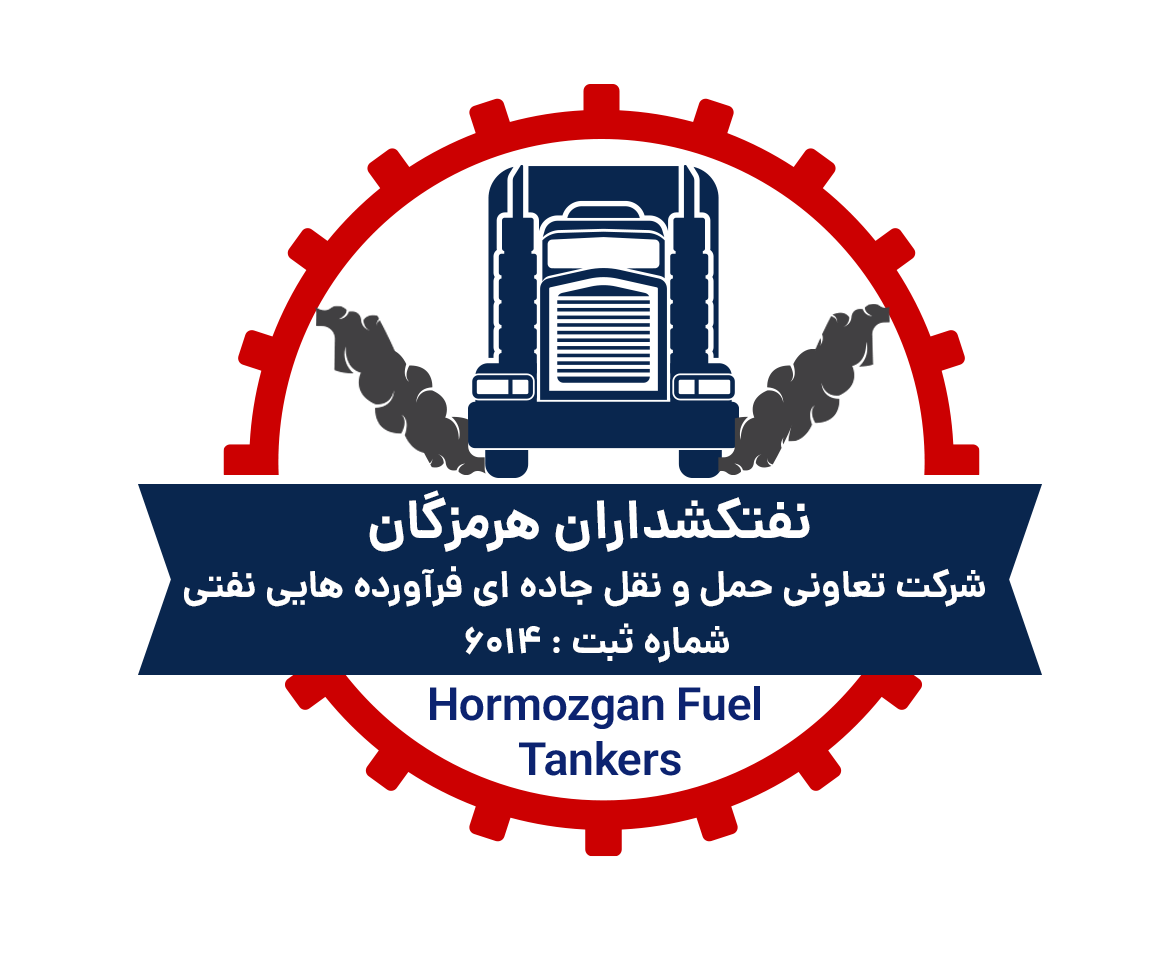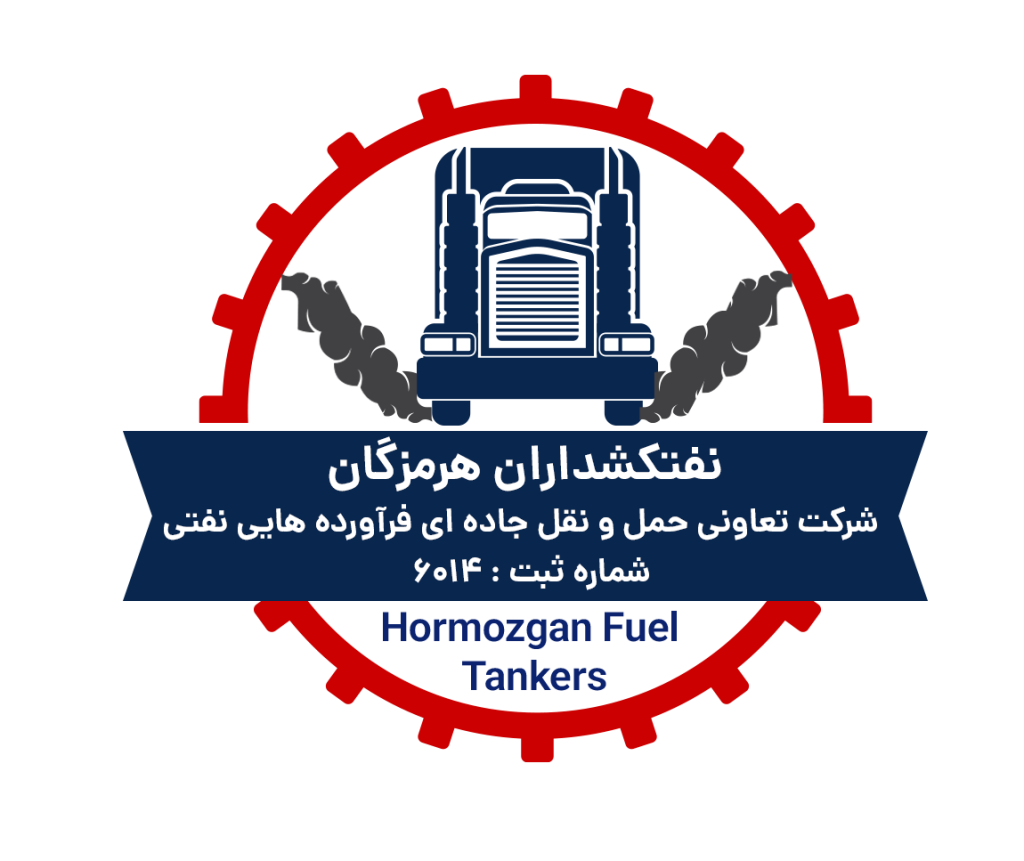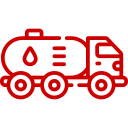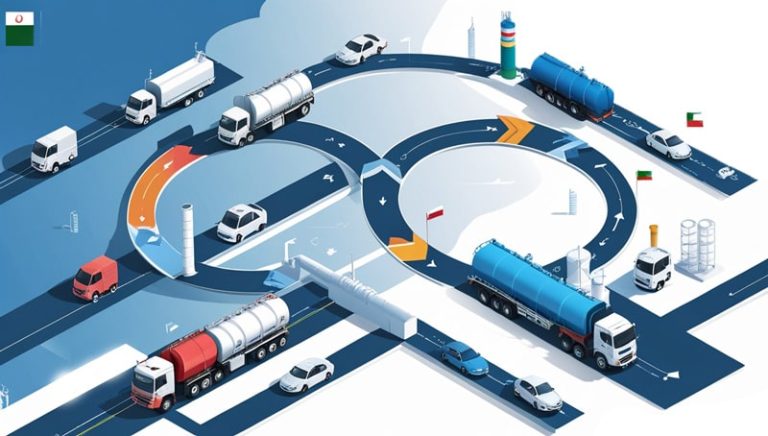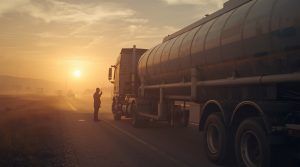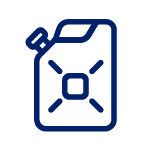Road Fuel Transportation: A Comparative Analysis of Iran and Global Standards
Introduction
Road fuel transportation is a critical pillar of the energy supply chain, and its proper operation directly impacts a country’s energy security, industrial sustainability, and uninterrupted transportation services. Given the hazardous nature of fuel products, this process demands strict adherence to safety, environmental, and technical regulations.
In this article, we provide a comprehensive overview of Iran’s road fuel transportation cycle and compare it with the practices and standards of developed countries to better identify the strengths and weaknesses of the current infrastructure.
Stages of the Road Fuel Transportation Cycle in Iran
1. Production and Refining
The fuel supply process begins at major refineries such as Bandar Abbas, Asaluyeh, Esfahan, and Abadan. After crude oil is refined, products such as gasoline, diesel, and kerosene are stored in specially designed tanks, which meet international standards for fire resistance and leakage prevention.
2. Safe Loading
At fuel terminals, road tankers are loaded through automated systems under the supervision of trained operators. The use of emergency valves, pressure and temperature sensors, and proper spacing between tankers ensures safety and minimizes the risk of incidents during this critical phase.
3. Transportation and Transit
Fuel is transported by drivers holding special licenses and who have completed rigorous safety training programs. The pre-determined routes are monitored using GPS tracking systems, roadside surveillance cameras, and in coordination with the traffic police. Compliance with scheduling and approved rest stops is strictly enforced.
4. Discharge at Destination
At gas stations or industrial centers, fuel is unloaded using anti-spark equipment and pressure-controlled systems. This phase is governed by strict protocols, as even a minor oversight can result in leaks, fire hazards, or significant environmental damage.
5. Return, Cleaning, and Inspection
After unloading, tankers return to specialized facilities for washing and inspection. Tank cleaning prevents chemical reactions between fuel types, and structural inspections ensure the integrity of the tank. Only after passing safety checks are the tankers cleared for the next transport cycle.
Strengths and Achievements of Naftkeshdaran Hormozgan Company in Fuel Transportation
While parts of Iran’s fuel transportation sector face challenges such as an aging fleet and lack of modern technologies, Naftkeshdaran Hormozgan Company stands out as a pioneering organization. By adopting a forward-thinking and technology-driven approach, the company has set a national benchmark in safe and intelligent fuel transport.
1. Modern and Well-Equipped Fleet
Unlike the national average, the company operates a new generation of tankers that comply with international safety standards. These include corrosion-resistant bodies, anti-lock braking systems (ABS), and explosion-proof components, significantly boosting operational safety.
2. Use of Smart Technologies
The company has implemented advanced real-time tracking (GPS), leak detection sensors, and a centralized fleet management system. These tools offer end-to-end control and visibility across all stages of fuel transport, enabling rapid, data-driven decisions.
3. Enhanced Safety and Warning Infrastructure
In collaboration with local authorities and road safety agencies, the company has helped deploy smart warning systems and signage on high-risk and high-traffic routes—contributing to safer road conditions for both its drivers and the public.
4. Continuous Driver Training
Regular specialized training courses in chemical safety, emergency response, environmental protection, and defensive driving keep the company’s drivers at peak skill and awareness. In addition to technical proficiency, they are equipped to respond swiftly in critical situations.
In summary, Naftkeshdaran Hormozgan has narrowed the gap between domestic operations and international benchmarks through smart investments in technology, human resources, and infrastructure—serving as a model for other fuel transport operators across the country.
Global Fuel Transport Practices
Globally, fuel transportation is managed through highly advanced and technology-based systems. Notable examples include:
- Germany: Use of smart tankers equipped with leak detection, remote control systems, and real-time pressure monitoring.
- Japan: Implementation of hybrid transport (road–rail) strategies, improving energy efficiency and reducing road-related risks.
- United States: Major fuel companies use digital platforms and real-time tracking to monitor location, speed, safety status, and driver behavior in a fully integrated system.
Conclusion and Recommendations
Despite Iran’s existing infrastructure and operational experience, transforming the fuel transportation sector requires structural upgrades in technology, fleet modernization, and human capital development. The following actions are key:
- Gradual modernization of the fleet with a focus on safety
- Adoption of integrated digital fleet management systems
- Continuous technical training for drivers and operators
- Investment in intelligent roadside infrastructure
- Development of national fuel transport standards aligned with international norms
Ultimately, building a safe, smart, and sustainable fuel transport system will require cooperation between government bodies, private enterprises, and academic institutions. By blending local expertise with global experience, Iran can ensure a secure and future-ready energy supply system.
Related Keywords:
Iran fuel transport, road fuel logistics, fuel tanker safety, fuel distribution, energy transportation, global fuel logistics, smart transport systems
